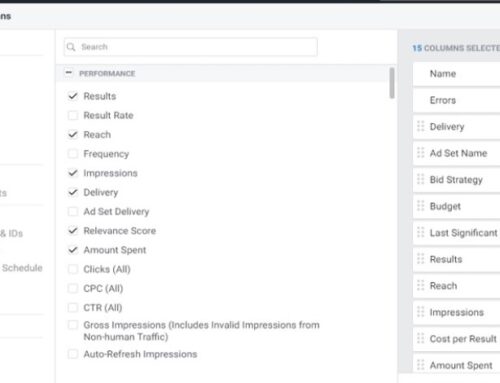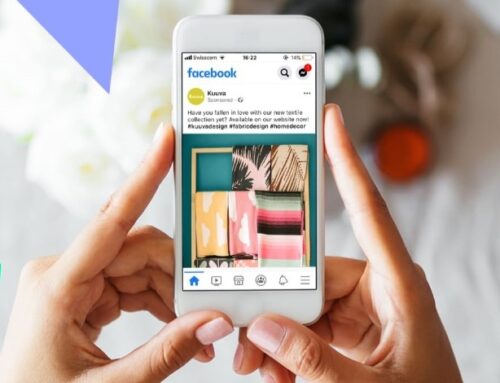The A/B Method
During the early 1900s, the world witnessed one of the greatest admen to ever live. He became the father of copywriting, namely Claude C. Hopkins.
Claude believed that advertising existed only to sell something and should be measured and justified by the results it produced. He was also a man of honesty, a man who only spoke the truth and focused on providing benefits to his clients. Hopkins insisted that copywriters research their clients’ products and produce a “reason-why” copy. He believed that a good product and the atmosphere around it was often its own best salesperson, and, as such, he was a great believer in sampling.
Scientific advertising and its impact
He wrote a book called Scientific Advertising and told us that there are certain laws governing advertising. This he had acquired after an entire life of achieving great success in advertising. For example, his ads have revolutionized the world into taking up the habit of brushing their teeth on a daily basis. The products he touched have mostly become majorly successful for the business owner. His ads helped sell high-priced vacuum cleaners like hotcakes. Beer and oatmeals became a common commodity due to his ads.
Claude quickly realized that different variations of the same ad produced different results, hence he pioneered ad testing. He found out that an ad with a different headline can produce 10x the result of another same ad.
He introduced ad testing to the world (or now called A/B and multivariate testing). He believed that every ad must be tested to prove its effectiveness. He was extremely particular about that. Nothing could shake his belief. He was right. Almost a huge part of his book was based around testing ads to see which is more profitable. To do that, he advised us to send out different mail-order ads to people, and measure the results from the sales each ad brings. This was why he called advertising a science.
“Let thousands decide what millions will do”
The mail-order ad (this was before the internet and TV era obviously!) is when a customer gets an ad mailed to their homes for a certain product, and if they like it, they fill up a small form or booklet, usually with money inside, and mail it back to the business. That was generally how a sale was made back then.
He would release different ads to a small group of people (let’s say 1000) and base on the results, the best ad will be taken in and mass-produced to the millions. Following that he said, “let the thousands decide what the millions shall do.”
That was his philosophy, he called it the law of advertising. No ad should ever go out untested. This concept was followed even 100 years later. Whatever the medium is; TV, Radio, or the Internet. Where there is advertising, there is testing. Millions were generated and profits were made for businesses that engaged in wise testing. After all, we don’t want to waste our money serving ads that don’t pay us dividends.
Until a few years ago.
The rise of machine learning
When Google’s machine learning started to take over what we humans can do, can see, or perceive in milliseconds and in real-time. The game suddenly started to shift.
Let me clarify that that is NOT to say that Claude Hopkins’s methods are ineffective now, in fact, his concept still holds, but the approach may be different now.
Let’s see what I mean.
The old method and its flaws
Ad testing may have now taken an entirely new life. Whereas even a few years ago, Google ads specialists favored A/B and multivariate testing. Every ad was to be produced with slight changes from the former (usually the headline or description, or images) and the winner is kept while the loser gets thrown out. This process gets repeated many times until the craft is perfected and now we know this ad, after say 50 tests, that it is a near perfected ad.
Here’s the problem.
Using this method, we can only group users into their liking. For example, we give 100 users a choice between, ad A and ad B. Then when ad A wins, we pit it against ad C. Let’s say the winner is ad C. Ad A and B will be deleted and only C will be served. This is correct in the world of A/B testing.
However, this is the group approach, and did not account for every viewer of the ad.
What if among the 100 users, we get granular and saw that 65 users voted A as the ad that makes them want to buy. 35 users voted B.
Then between A and C; 75 users voted ad C while 25 users voted ad A.
We were not able to account for the users who preferred the other ad that was not the majority favorite. Those ads get deleted in the world of A/B testing.
When Google’s advanced machine learning and AI started to roll in, it was bad initially. Advertisers stuck to manually optimizing their campaigns. But in recent years it has gotten so much better and more reliable that people found that not using it might cost them conversions where they otherwise would have gotten.
The new age and its promise
Google’s favored method is this: customize the ad base on the individual. Because Google’s machine learning can calculate thousands of signals of the user in real-time, they can effectively set a real-time bid base on the individual likelihood of buying and activity.
The job of admen now is to work with data and win with every individual, instead of grouping and clamping our customers as 1 or 2 big groups and serving ads base on majority favorite.
Do ads still have to be tested? What if instead we now have 10 to 20 different ads and Google decides (base on all the data they have of the users in their backend), to show the best ad to an individual base on his own activity? And every individual may see a different ad base on Google’s backend data they have for the individual.
You see that the ad testing concept still holds. But the approach is different now. Instead of running a few ads and letting the users choose the winner, we now can have a huge array of ads and are customized in real-time and switch around based on each individual user activity.
The result is the same, to increase revenue and sales for your business. Google wants every business to make big profits from its search engine so that they can continually get your business in the long run. It is important to not be afraid of automation just because we are giving more control to Google.
Machines > humans
Google has more information than what we as advertisers will ever know or have access of. That is the difference.
After all, they want to make you more money so that in the long run, you continue to use them. This is true. Their live bid auction is based on what the other advertisers are willing to pay in your market. The bid price is never decided by Google but your market and competitors.
Obviously, by having a comprehensive advertising account of the world class, you can get away by paying less than your competitors in most auctions. Hence the advantage gap will widen. I will explain that in another post.
In conclusion
Using machine learning and smart bidding with automation will make sure you best serve every customer that comes onto your site, landing page, or app. Because when we do that, Google gives us access to their legions of data they have on your customers, all in real-time and adjusted base on your business goals.





